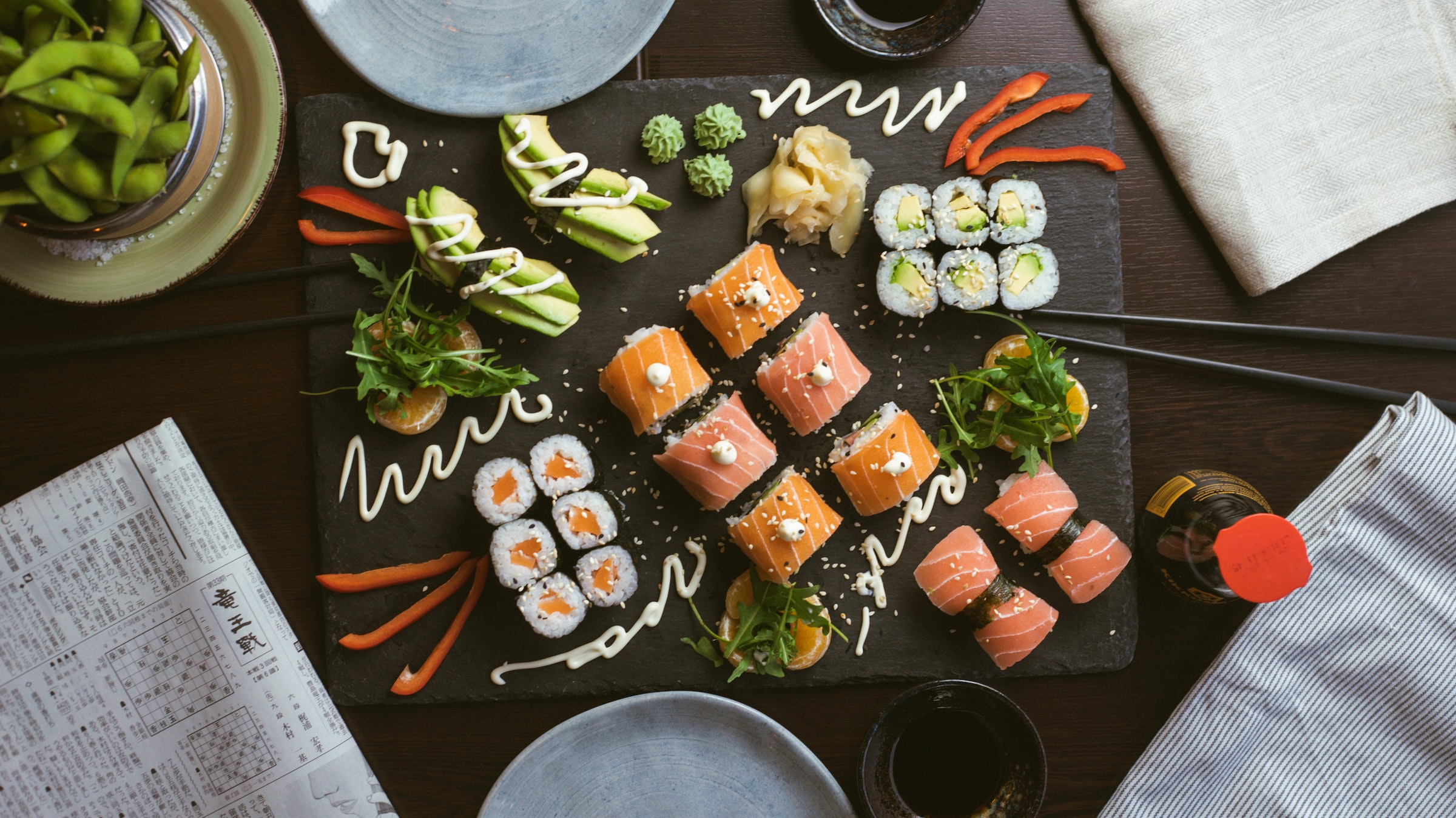Japan is known for its rich culture and its many atypical dishes. However, in a few years, there is one dish that has become a national emblem: sushi. It is a traditional Nipponese dish composed
Japan is known for its rich culture and its many atypical dishes. However, in a few years, there is one dish that has become a national emblem: sushi. It is a traditional Nipponese dish composed exclusively of vinegared rice and raw fish. Since the explosion of globalization, many variations of this mythical dish have been created around the world.
Sushi is one of those things I can have every day, and it is one of those food that I actively search for when I go out with my friends or my partner. Nevertheless, Nigiri-zushi and Maki-zushi remain the most appreciated. Let’s take a closer look at these two culinary specialties, as delicious as they are particular. So, without further ado, let’s dive into this blog and learn some of the things you ought to know about sushi.
Nigiri-zushi or “held sushi

Invented in the 17th century by Hanaya Yohei, Nigiri-zushi has always been eaten by hand; hence its meaning. Although sushi is initially a simple dish, Nigiri-zushi is a departure from the rule. Moreover, unlike Maki-zushi, this one is composed of:
-
- A ball of vinegared rice
-
- A slice of raw fish placed on top
-
- Shrimps and crab
-
- Sea urchins
-
- Omelet
-
- Vegetables
-
- Wasabi.
To prepare:
-
- Moisten your fingers with a mixture of water and vinegar;
-
- Take a tablespoon of rice in the middle of your hand and give it an oval shape by pressing it with your fingers
-
- Cut the fish slices and place a small amount of wasabi in the center of each slice.
-
- Place the rice on the fish slice and make them stick together.
Good to know: there are now vegetarian Niguri-sushi recipes for those who wish to learn about this Japanese culinary art without rejecting their values.
The Maki-zushi or the “roll
Sometimes called “makimono”, Maki-zushi is a variation of traditional sushi. It is generally presented as a black seaweed roll, surrounded by white rice mixed with vinegar and stuffed with raw fish or plants. Mazi-sushi is one of the most popular dishes in Japanese gastronomy. It is ideal for aperitif dinners and/or Sunday lunches. Like Nigiri-zushi, it originated in the 17th century, but its popularity only took off in the early 18th century. It is, therefore, one of the youngest variants of sushi.
The black seaweed roll that surrounds the ingredients is called “Nori”. It is made of dried red seaweed leaves which turn green or black depending on the region and the time of exposure to the sun. The preparation of Maki-zushi is not complex when you have the right ingredients and concentration. Here are the steps to follow:
Step 1:
-
- Pour the rice into a pot containing about 250ml of water, bring to a boil and once boiling, leave on medium heat for about 3/4 minutes.
-
- Let it cook on low heat until the water is absorbed, and then let the rice rest, without the lid, for 10 minutes.
-
- Prepare the seasoning in another pan by heating the vinegar, sugar, and salt.
-
- When the sugar is completely dissolved, let it cool down and pour the rice into a bowl, followed by the seasoning. Finally, fan the rice for a few minutes to cool.
Step two:
-
- Moisten your fingers regularly, then place a sheet of Nori seaweed on a bamboo mat
-
- Spread the rice in a thin layer over 3/4 of the seaweed and add the ingredients (salmon, cucumber, etc.)
- Cut into thin strips.
Step three:

-
- Gently roll it up, holding the ingredients, and make sure it’s tight.
-
- Once rolled, remove the mat and cut the roll.
-
- Serve with soy sauce, wasabi, or ginger.
Sound off in the comments section below, and tell us what you want to read next and if you want to read more about sushi.

